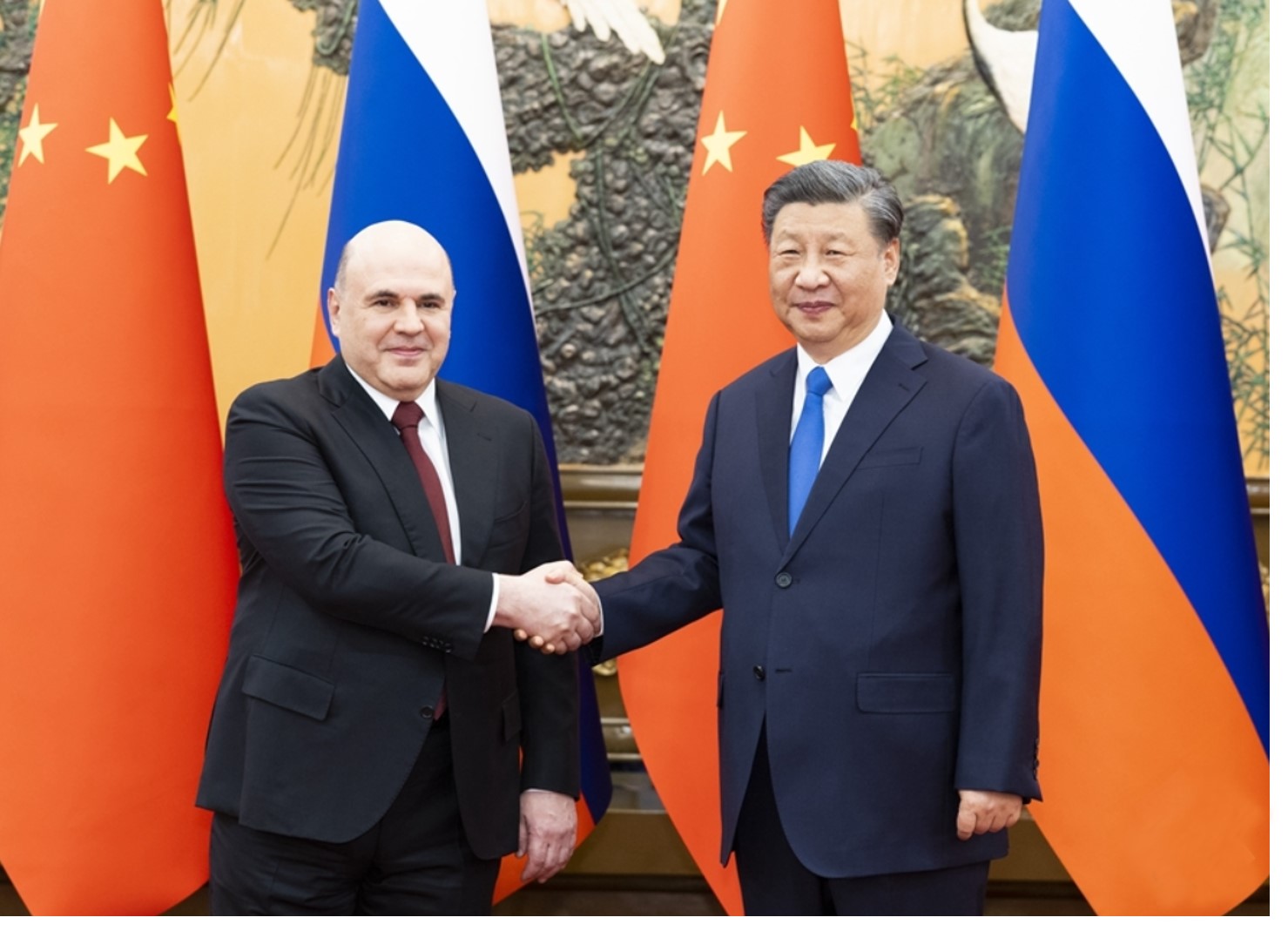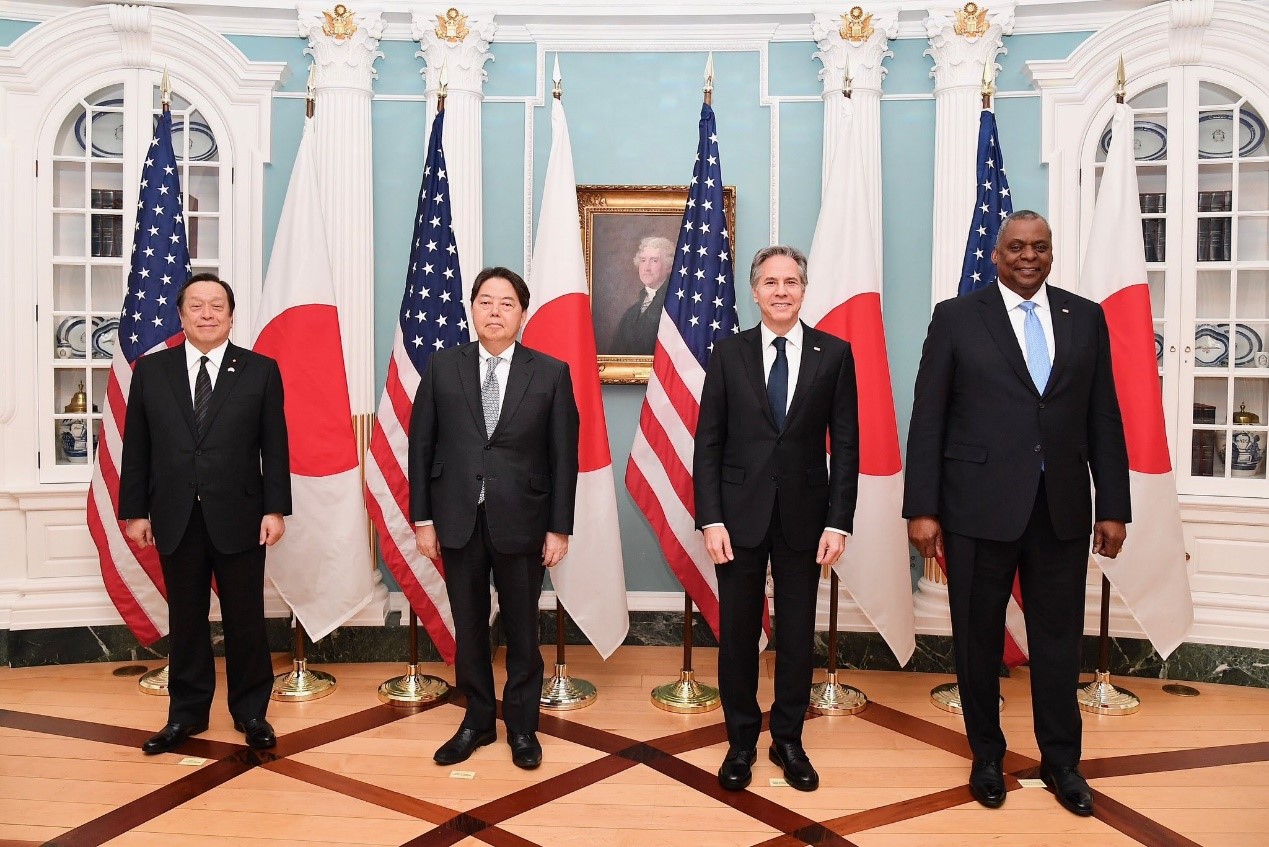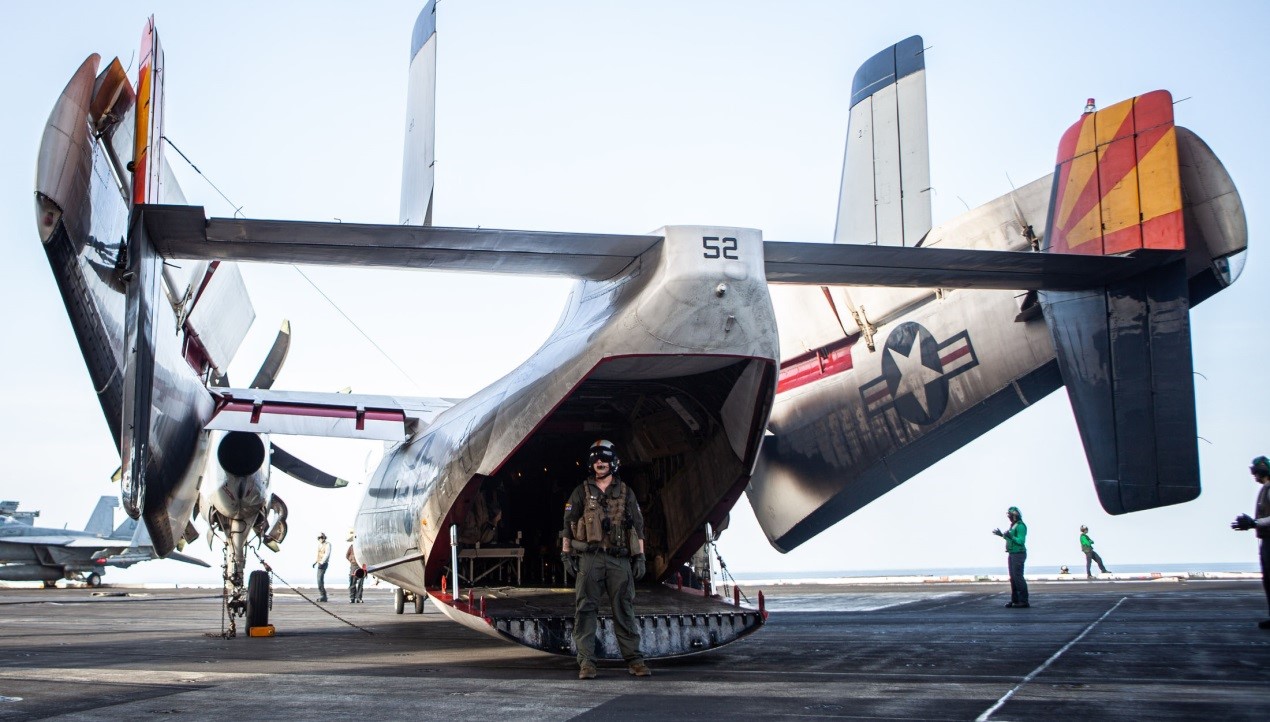The Implications of Russo-Chinese Intensified Naval Operations Against Japan
The continuously intensifying naval collaboration of Chinese and Russian navies against Japan could compel the Japanese MSDF, along with U.S. and other navies, to show less restraint in the exercise of their rights of navigation in the waters surrounding China and Russia, as well as in the Taiwan Strait. Picture source: Ministry of Defense (Japan), July 18, 2022, Ministry of Defense (Japan), https://www.mod.go.jp/js/pdf/2021/p20211018_02.pdf.
The Implications of Russo-Chinese Intensified Naval Operations Against Japan
Prospects & Perspectives No. 43
By Yujen Kuo
Since mid-June, the Chinese Navy and the Russian Pacific fleet have been sailing around the Japanese main islands. This has prompted Japan’s Defense Minister Nobou Kishi to state that China and Russia’s recent warship movements surrounding Japan are a part of an ongoing military demonstration toward Tokyo.
The Japanese Ministry of Defense announced on July 4 that a Chinese navy frigate, followed by a Russian navy frigate, entered Japan’s contiguous waters around the Senkaku Islands, which are controlled by Ishigaki City in Okinawa Prefecture. This was the first time since June 2016 that Chinese and Russian vessels have jointly entered the contiguous zone of the archipelago.
In all, about 10 Russian and Chinese ships have sailed around Japan using the same route in a short period of time. In mid-June, a Chinese flotilla of four ships sailed north through the Tsushima Strait into the Sea of Japan. The Chinese ships then split into two directions before transiting into the Pacific Ocean and rejoining to sail south again. Simultaneously, five Russian naval vessels sailed south from Hokkaido along the Pacific side into the East China Sea and later went north into the Sea of Japan.
On June 15, seven Russian vessels sailed close to Hokkaido toward the Izu Islands. On June 21, five of the seven ships sailed in the waters between Okinawa and Miyakojima into the East China Sea. The group sailed through the Tsushima Strait toward the Sea of Japan, almost making a circle of the Japanese main islands. On June 12, four Chinese ships sailed through the Tsushima Strait toward the Sea of Japan, two of which sailed through the Tsugaru Strait and the other two went into the Pacific Ocean. Three of these ships have been operating very close to the Izu Islands, similar to the movement of the Russian ships, and were moving around the Japanese main islands.
Japan’s Maritime Self-Defense Force (JMSDF) has been closely monitoring both fleets, given the appearance of coordinated Chinese and Russian naval operations targeted at holding Japanese and United States defenses in check. Defense Minister Kishi reemphasized that the Ministry of Defense would continue to pay close attention to the trends of the Russian Navy and the Chinese Navy in the waters around Japan, and will make every possible effort to carry out warning and surveillance activities in the sea and airspace around Japan.
Closer strategic collaboration between Russia and China
Following Russia’s invasion of Crimea in 2014, China and Russia made the decision to enhance their military cooperation in areas such as surface warfare, air defense, anti-submarine warfare and landing warfare . The two countries also held joint exercises in the South China Sea following the 2016 arbitration process with the Philippines.
More recently, China and Russia have increased their joint operations around Japan. The first such instance was confirmed in June 2016, when Russian and Chinese naval vessels simultaneously entered the contiguous zones of the Senkaku Islands. Yet in light of the deepening military collaboration between China and Russia in recent years, this is hardly a surprising development, and indeed it is likely to be repeated in future.
China and Russia Demonstrating Against Japan
In October 2021, ten Chinese and Russian warships took part in a joint action passing through the Tsugaru Strait into the Pacific Ocean, and entered the East China Sea through the Osumi Strait via the waters off the Izu Islands. The two navies made a clockwise circle around the Japanese archipelago, signaling the two countries’ naval collaboration. The ships passed through the Tsugaru Strait and the Osumi Strait together, with five ships each, and both countries officially designated it as a joint patrol. During that operation, ship-based helicopters on a Chinese missile destroyer also engaged in takeoff and landing practice.
In June and July this years, the Chinese and Russian ships were moving separately but at roughly the same time, with the warships of both navies navigating over long distances. This pattern of behavior has raised suspicions at Japan’s Defense Ministry about the real aim of China and Russia. The Ministry is closely monitoring their latest actions. Kishi has expressed strong concerns over the operations, stating they were “intended to be a demonstration against Japan.”
Countermeasure to Western Navies
In recent years, the U.S. Navy has increased the frequency of its transits through the Taiwan Strait, and other countries outside the region, such as the United Kingdom, France, and Canada, have also begun to pass through the Strait. In addition, frequent large-scale naval exercises have been conducted in the Western Pacific, coinciding with the deployment of a U.K. carrier strike group to the Far East. The British ships had conducted a freedom of navigation maneuver in the territorial waters off the coast of Crimea before coming to the Western Pacific, and it is believed that Russia is also concerned about the deepening cooperation among the navies of Western countries. The growing naval collaboration between China and Russia may therefore be intended as a countermeasure against the deepening cooperation between the U.K., U.S. and Australia in military technology such as nuclear submarines under the new AUKUS security framework.
Freedom of navigation
In the latest naval activity, the Russo-Chinese fleet were merely exercising their freedom of navigation rights in the high seas of Japanese “Designated Sea Areas” including the Tsushima Strait, Tsugaru Strait, Soya Strait, and the Osumi Strait. However, it is obvious that China and Russia keep maintaining double standards by obstructing the navigational rights of foreign warships at Taiwan Strait and South China Sea while enjoying freedom of navigation near the waters of other countries. The continuously intensifying naval collaboration of Chinese and Russian navies against Japan could compel the Japanese MSDF, along with U.S. and other navies, to show less restraint in the exercise of their rights of navigation in the waters surrounding China and Russia, as well as in the Taiwan Strait.
(Dr. Kuo is Professor, Institute of China and Asia-Pacific Studies, National Sun Yat-sen University)














